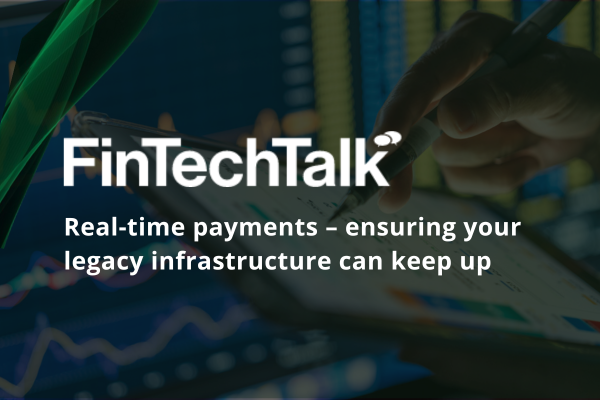How banks can enter the booming BNPL space with card-based BNPL
Sponsored by Sileon
David Larsson, CEO, Sileon
Buy-now-pay-later (BNPL) is the latest trend in the digitisation of online and retail payments, providing instant lines of credit to consumers at the point of sale, and opportunities for retailers and specialist payment firms. It is already the fastest-growing payment method in North America and Europe, and the market is predicted to account for $560 billion of transactions by 2026, up from $300 billion today, according to Global Data.
The payment method is particularly popular among younger generations of customers, who have been brought up using apps, often as an alternative to cards which were not designed for e-commerce. Research by Gartner suggests card usage will decline by 50 per cent by 2030, as younger generations become both more prominent as a proportion of the overall adult population and more prolific in terms of spending.
For traditional banks, however, the rise of BNPL poses a serious challenge to their card services businesses, both in terms of retaining existing customers and attracting new ones. Already market share has been lost to BNPL providers, and there’s a real risk that customers might abandon them for other products too once they have started to move away. “Banks that want to stay relevant for their younger generations of consumers need to up their game, and follow on the digitalisation trend,” warns David Larsson, CEO of SaaS tech company Sileon.
The answer, says Larsson, is for traditional banks to add BNPL to their existing card base, providing those customers with the benefits of being able to access credit and spread the cost of payments when they need it most.
One option would be for banks to devote significant time and budget to this through internal resources, but this is not a route Larsson advises they go down. “It can get quite complex rather fast,” he says. “We would really recommend partnering with a BNPL tech company.”
Banks using Sileon’s BNPL SaaS platform can get up and running in a single integration, without the need to change existing systems or infrastructure. The platform itself is white-labelled, so customers only see the branding of their bank, and it works across any market, currency and transaction.
The entire process could take as little as three months, he adds – significantly shorter than building any functionality from scratch using in-house teams. “Customers firstly try out and learn the functionality in our sandbox environment,” he explains. “They then move on to a single implementation of Sileon’s two powerful APIs. All this is overseen and supported by technical staff.”
Banks generally might want to start off small, he adds, and then scale up once they are more familiar with the concept and platform. “A retail bank could begin by adding BNPL functionality to their existing credit card base within days, and later expand with BNPL functionality to their debit card base,” he suggests. “After that, it’s possible to also add BNPL to a checkout or in digital invoice.”
Banks that act now are still able to benefit from BNPL, believes Larsson, drawing on their strong brands and reputation for financial prudence, as well as still-significant customer numbers. “It can allow them to regain lost market share for cards and meet the younger generation’s expectations for flexible and seamless payment solutions,” he says. “They can turn this from a risk into an opportunity.”
To find out more about how Sileon can help your bank launch card-based BNPL quickly, visit sileon.com

Business Reporter Team
Most Viewed
Winston House, 3rd Floor, Units 306-309, 2-4 Dollis Park, London, N3 1HF
23-29 Hendon Lane, London, N3 1RT
020 8349 4363
© 2025, Lyonsdown Limited. Business Reporter® is a registered trademark of Lyonsdown Ltd. VAT registration number: 830519543





